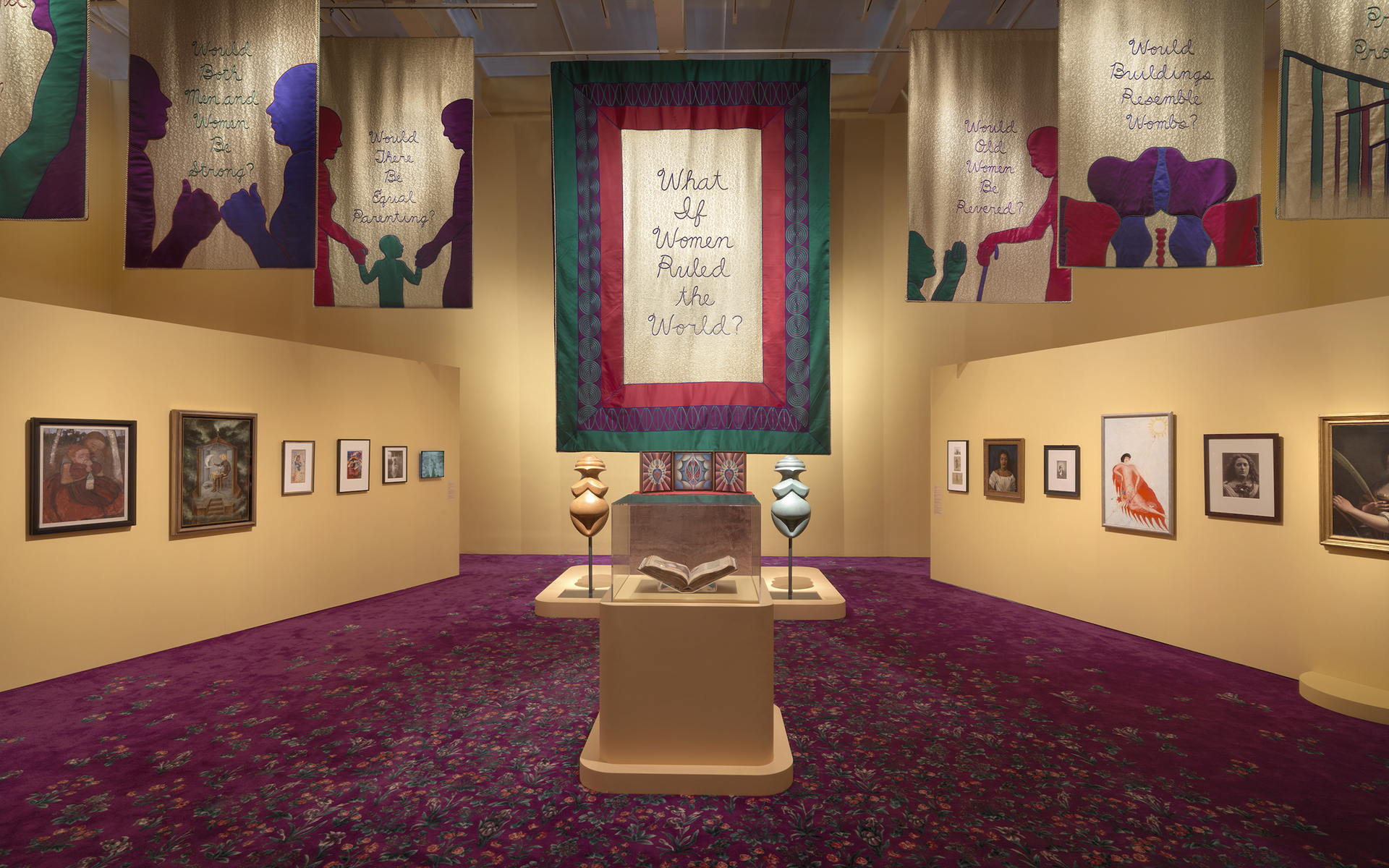Ballad of the Unabomber Part I
2010 - Drawing & Print (Drawing & Print)
11 x 8 1/2 inches
Orion Shepherd
Ballad of the Unabomber Part I is a painting by Orion Shepherd that features several manila folders stacked in order according to their size, resting atop a grainy hardwood pattern. The painting refers to Theodore John Kaczynski, most commonly known as the Unabomber, and depicts the seemingly innocuous manila envelopes, which through his hands became fatal explosive weapons. Despite the deplorable actions that earned Kaczynski a life sentence, the manifesto that he demanded to be published has been regarded by many as a sane and highly intelligent work, correct in several of his ideas. At the core, Kaczynski’s message was to retreat back to nature and wildlife, and Shepherd’s work considers these threads: how a man of clear intelligence and a deep appreciation for the natural world was able to enact such atrocities against other human beings. The depiction of the folders over a wooden background continues Shepherd’s interest in everyday, mundane objects and their limitless potential to enact the good as well as the deplorable through our hands.
Orion Shepherd is a Los Angeles based artist working across drawing, collage, painting and sculpture. From an early age he was interested in musical and artistic subcultures—DIY, hardcore, punk, graffiti and surf culture among them—and was influenced by both outsider figures like artist and graffiti writer Ruby Neri and surf artist Steve Baldi, as well as by major artists such as Vija Celmins whose work is similarly of an observational nature. Shepherd’s practice is rooted in collecting, both objects and images, from the everyday: from items he finds in the beach to ornate frames rescued from thrift stores. The ocean and the everyday are also prominent in his work. Through restrained means, Shepherd earnestly incorporates his personal experience into his work, conflating and appropriating elements from the subcultures and practices that surround him, and highlighting artistry in unexpected places.
Colors:
Related works sharing similar palette

© » ARTS EQUATOR
Weekly Picks: Indonesia (28 January - 3 February 2019) | ArtsEquator Thinking and Talking about Arts and Culture in Southeast Asia Weekly To Do January 28, 2019 Top Picks of Indonesia art events in Jakarta, Bandung and Surabaya from 28 January – 3 February 2019 Baron Basuning Studio, together with Galeri National Indonesia, invites you to NOOR, a solo exhibition of Baron Basuning’s works...

© » KADIST
Gregory Halpern
2016Gregory Halpern spent five years shooting ZZYZX , and another year editing the results, from an estimated thousand rolls of film, about half of which were shot in the final year after his Guggenheim Fellowship enabled him to live in California...

© » KADIST
José Castrellón
2016Palo Enceba’o is a project by José Castrellón composed of three photographs, two drawings on metal, and a video work that creates a visual and cultural analogy between the events of January 9th, 1964 in Panama City and the game of palo encebado carried out in certain parts of Panama to celebrate the (US-backed) independence from Colombia...

© » KADIST
Lucas Blalock
2011Compositions such as Tree on Keystone (2011) become hyperreal versions of their real-world equivalents...

© » KADIST
Olga Grotova
2022Our Grandmothers’ Gardens by Olga Grotova is based on the history of Soviet allotment gardens, which were small plots of land distributed amongst the families of factory workers to compensate for poor food supply in a country that was over-producing weapons...

© » GALERIE MAGAZINE
5 Standout Works from Judy Chicago’s Groundbreaking Career - Galerie Subscribe Art + Culture Interiors Style + Design Emerging Artists Discoveries Artist Guide More Creative Minds Life Imitates Art Real estate Events Video Galerie House of Art and Design Subscribe About Press Advertising Contact Us Follow Galerie Sign up to receive our newsletter Subscribe “Judy Chicago: Herstory,” 2023...

© » KADIST
Bady Dalloul
2017The Great Game is a series of works composed of a number of card combinations illustrated by the faces of key political figures shaping the geopolitical landscape in the Middle East...

© » KADIST
Vandy Rattana
2009Vandy Rattana’s Bomb Ponds series was made following a transformative encounter with the craters left over from 2,756,941 tons of bombs dropped by U...

© » KADIST
Tony Oursler
2012Continuing Oursler’s broader exploration of the moving image, Absentia is one of three micro-scale installations that incorporate small objects and tiny video projections within a miniature active proscenium...

© » ARTS EQUATOR
Pandemic in the Philippines: A cultural sector on its own | ArtsEquator Thinking and Talking about Arts and Culture in Southeast Asia Articles August 17, 2020 By Katrina Stuart Santiago (2,200 words, 8-minute read) When I was first asked to write about “cultural leadership” in the Philippines, I turned up a blank...

© » KQED
The Best Late-Night Crab and Garlic Noodles in San Bruno | KQED Skip to Nav Skip to Main Skip to Footer upper waypoint The Midnight Diners Some of the Bay Area’s Best Garlic Butter Crab Is Served in San Bruno After Midnight Luke Tsai Thien Pham Feb 8 Save Article Save Article Failed to save article Please try again Email The Dungeness crab and garlic noodles at San Bruno’s A-One Kitchen hold their own against any restaurant in the Bay — and they’re available until 1 a.m...

© » KADIST
Antonio Vega Macotela
2022The mines at Potosí are both the site and subject of this work, also titled Potosí, by Antonio Vega Macotela...







